According to a new theory, the universe had no beginning, but has existed forever. The Big Bang will be just an evolution of this universe
We've always been accustomed to the idea that the Big Bang corresponds to the beginning of the universe, in a chronological sense. But what if this is not the case? If the universe had existed forever and there was no beginning, but only an evolution called the Big Bang, how would you react? According to a study conducted by physicist Bruno Pinto of the University of Liverpool, the universe did not have a beginning, but is believed to have always existed and only recently evolved into what we always call the Big Bang.
The beginning of the universe is not what they told you
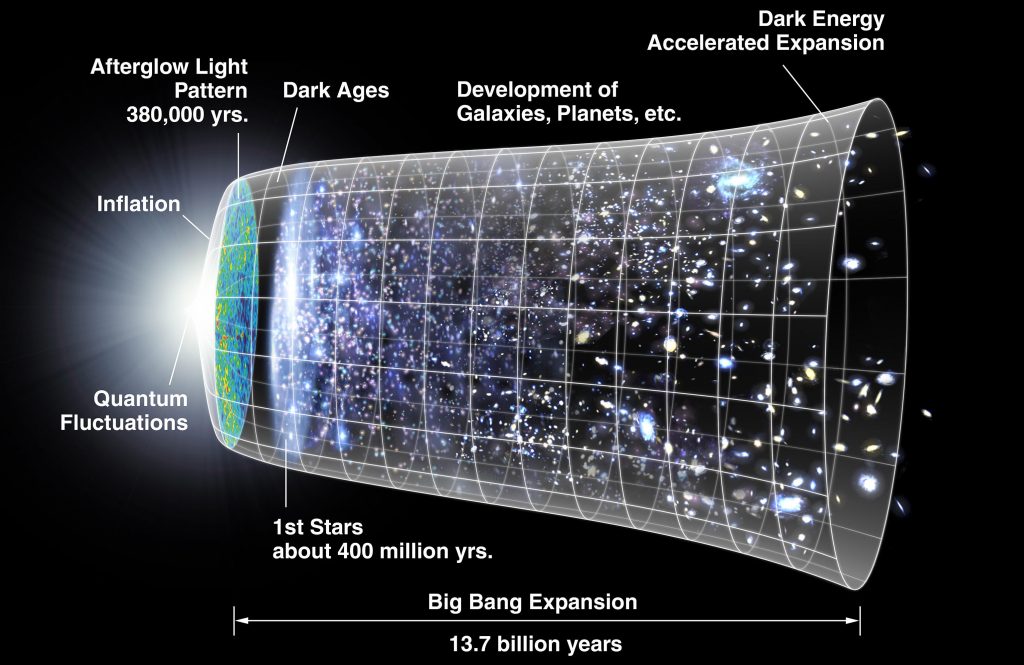
We have already talked to you about quantum gravity in a previous article. This is perhaps the most frustrating problem facing modern physics. In practice, we are faced with two very effective theories about the universe: quantum physics and general relativity. The first describes three of the four fundamental forces of nature (electromagnetism, the weak nuclear force, and the strong nuclear force), if we are talking about microscopic quantities. However, in general relativity, we have the most complete description of gravity ever.
Incomplete theory
Despite its strengths, general relativity is incomplete. Or rather, it is incompatible with quantum mechanics. In at least two places: at the center of the black hole and at the beginning of the universe. These regions are called “singularities,” which are points in spacetime to which our laws of physics do not apply. It collapses, because gravity becomes incredibly strong there. To solve the mysteries of singularities, physicists need a microscopic description of strong gravity, also called the quantum theory of gravity (string theory and loop quantum gravity are just a few examples).
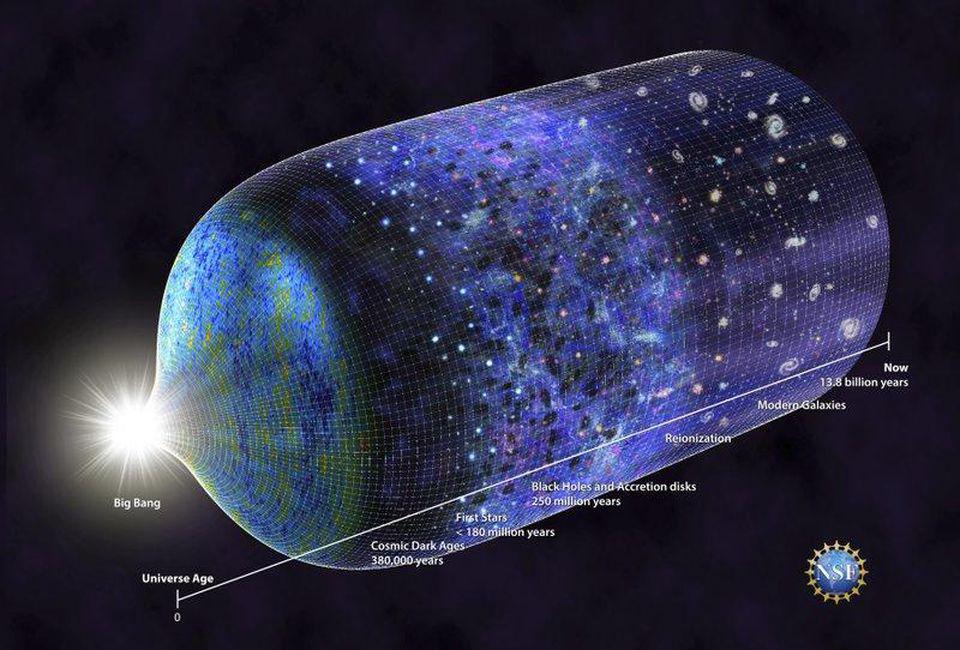
Random group theory
In all current physical theories, space and time are continuous. They form a kind of soft fabric that underlies our daily reality. In such a space-time, two points can be as close to each other as possible, and two events can occur as close as possible to each other. However, through a different approach, which Professor Pinto calls “causal set theory,” we can reimagine space-time as a series of parts, or space-time atoms. Such a theory would place strict limits on how close two events can be in space and time, as they cannot be closer than the size of this atom.
Some examples of the Big Bang
Let's take an example: the screen on which you are reading this article is flexible, compact and can be read briefly. But if you try to get closer to the screen with a magnifying glass, you will find that there are so many pixels dividing the space on the screen that it will be impossible to bring two images on the screen closer to one pixel. But what does all this mean in simple terms?
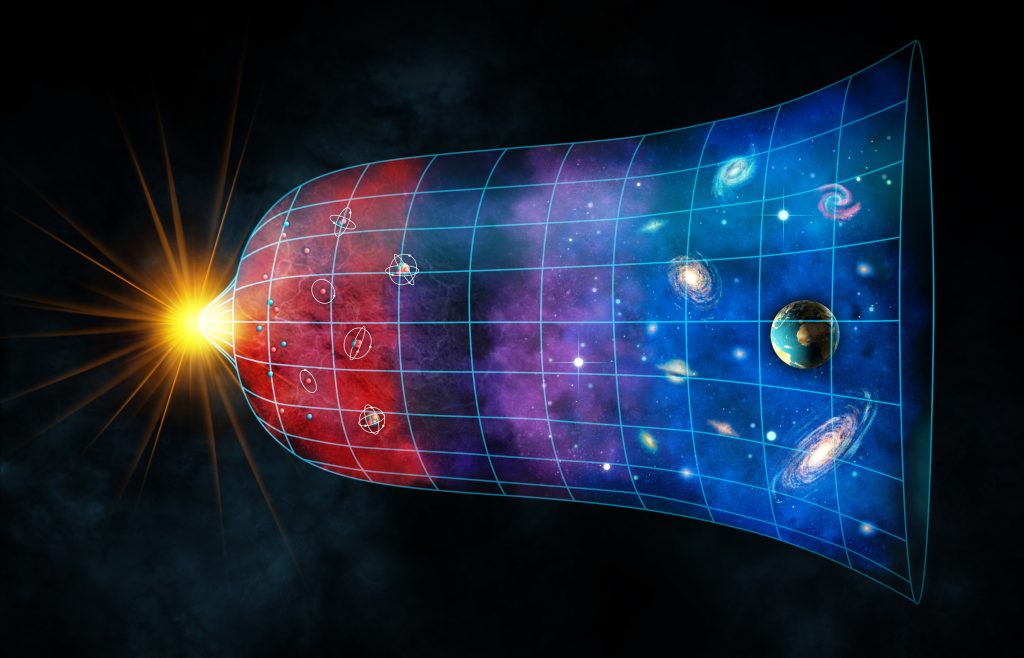
In causal set theory, one atom of spacetime grows at a time, causing the set of points in spacetime to become larger and larger. This approach allows us to clearly get rid of the problem of the Big Bang singularity, because according to this theory no singularities can exist. In fact, it is impossible for matter to be compressed into points smaller than an atom of space-time. According to Bento, there would not have been a Big Bang at the beginning of the universe, because something infinite would have existed in the past. In short, the universe It will always be there. The Big Bang would be nothing more than an evolution of this causal set of points, not a true beginning.

“Internet trailblazer. Travelaholic. Passionate social media evangelist. Tv advocate.”

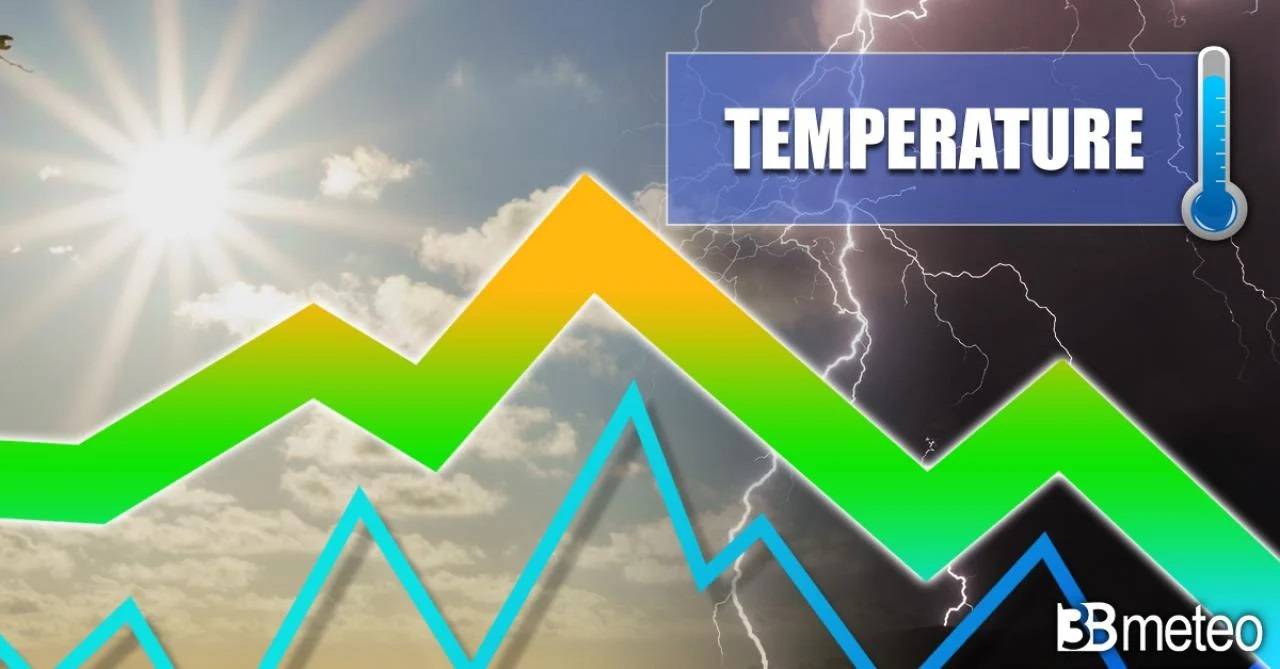




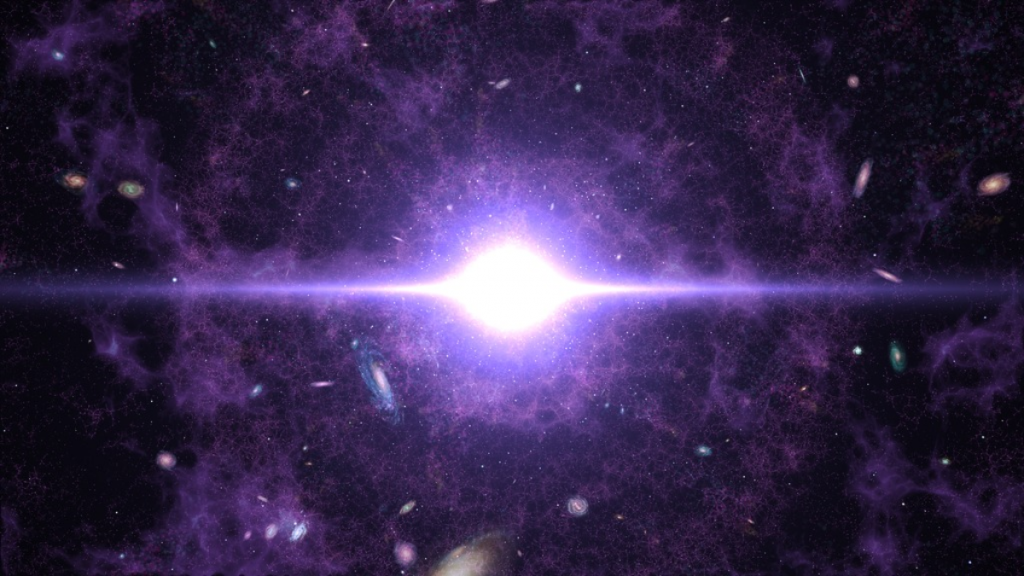
More Stories
“The illness has changed my discipline. I have always been physically strong.”
Back to the Future, a successful film, but full of paradoxes in time and space
Collision with Saturn: See what you see. Here is the video